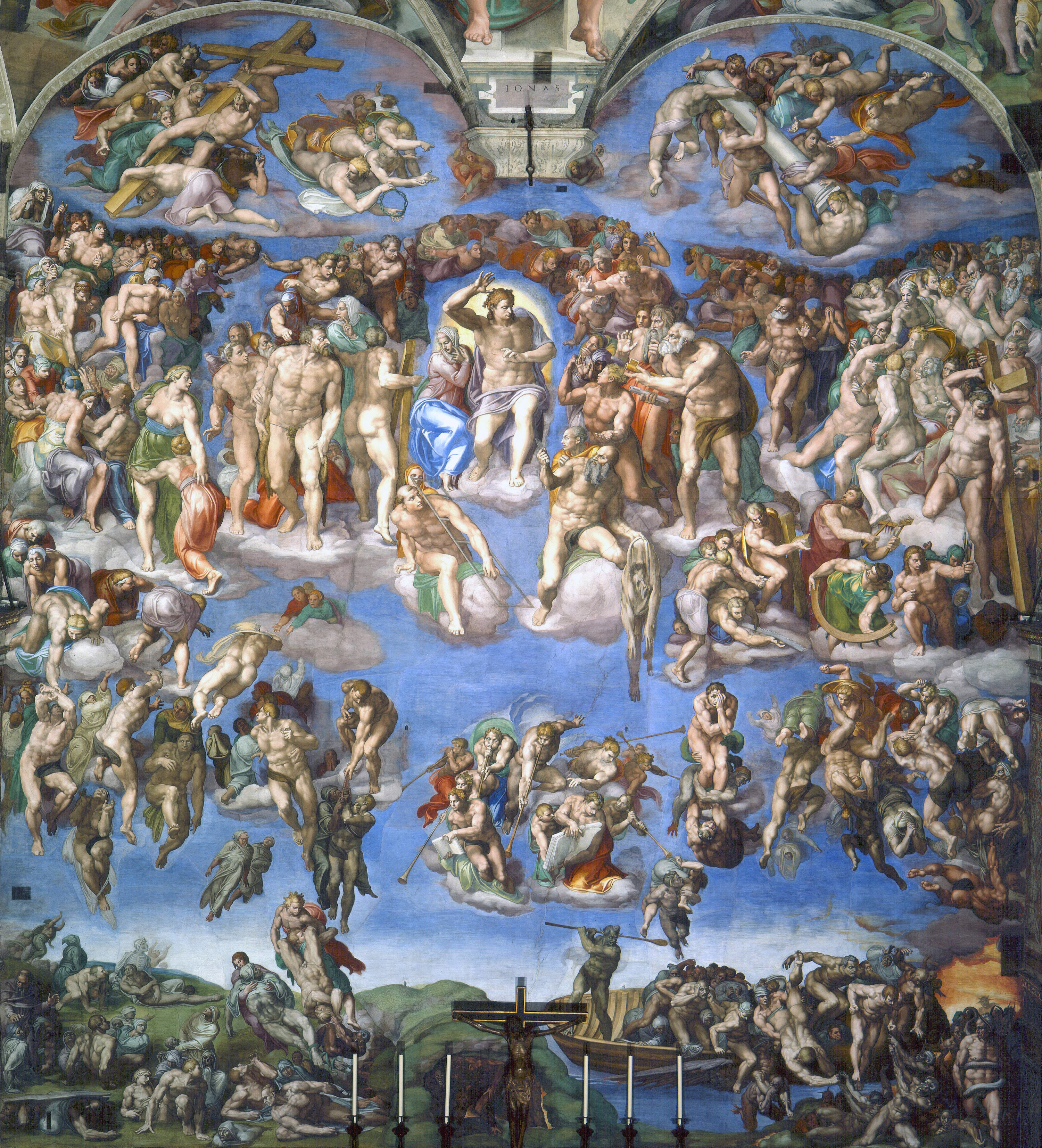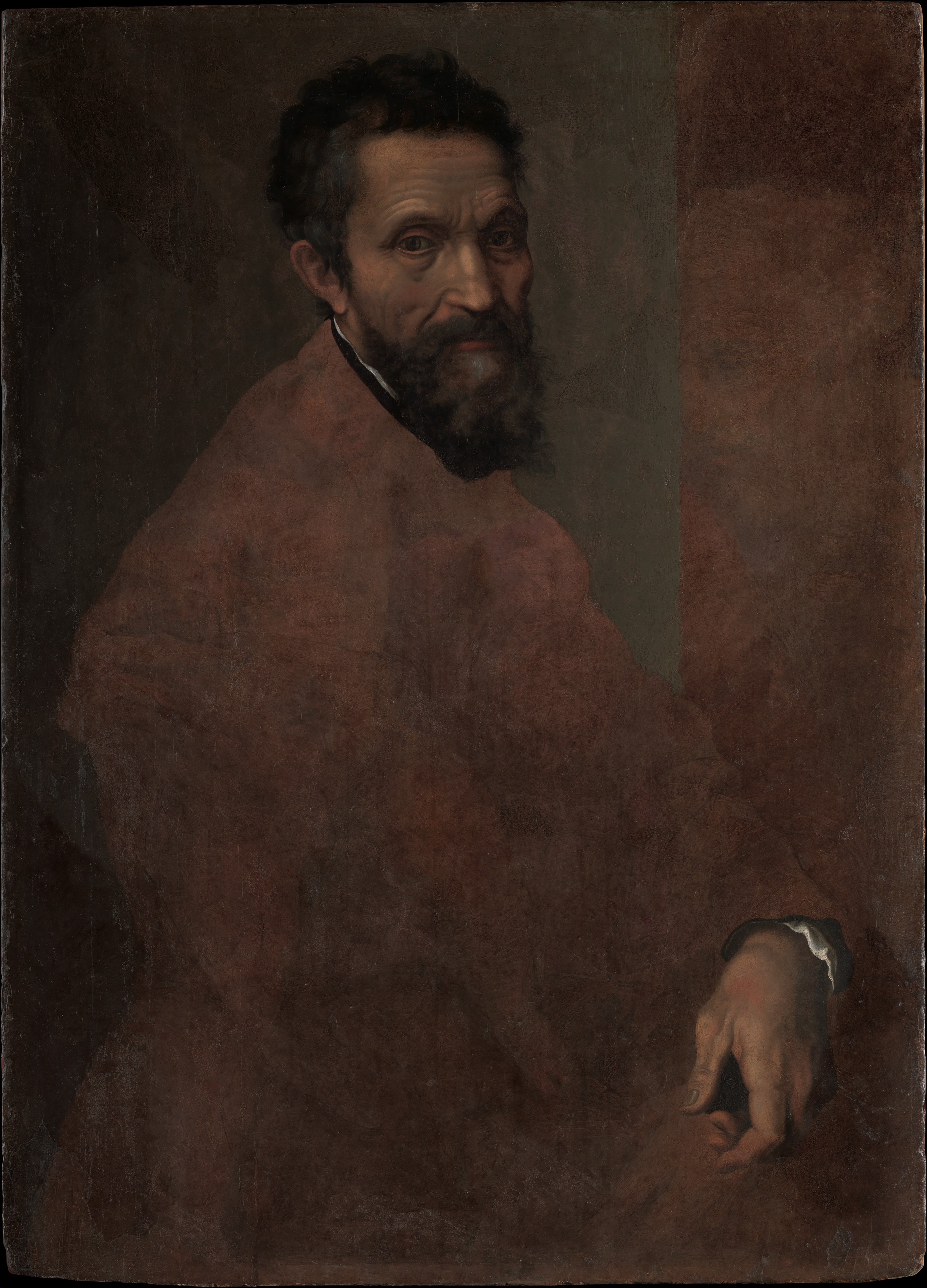On this day in 1475 Michelangelo, the sculptor, painter, architect, and poet of the High Renaissance was born in the Republic of Florence. Considered by some the greatest living artist during his lifetime, he has since been described as one of the greatest artists of all time. Despite making few forays beyond the arts, his artistic versatility was of such a high order that he is often considered a contender for the title of the archetypal Renaissance man, along with his rival Leonardo da Vinci.
Today we have something special for you—the short story of The Last Judgment from the Sistine Chapel.
It depicts the Second Coming of Christ as well as the final and eternal Judgement by God on all humanity according to the Christian religion. Altogether there are over 300 figures, with nearly all the males and angels originally shown as nudes. Many were later partly covered up by painted draperies, of which some remain after recent cleaning and restoration. The souls of humans rise and descend to their fates, as judged by Christ who is surrounded by prominent saints.
Michelangelo began working on it twenty-five years after having finished the Sistine Chapel ceiling, and was nearly 67 at its completion. Shortly after its unveiling in 1541, the Roman agent of Cardinal Gonzaga of Mantua reported: “The work is of such beauty that your excellency can imagine that there is no lack of those who condemn it. . . . [T]o my mind it is a work unlike any other to be seen anywhere.” Many praised the work as a masterpiece.
Others were scandalized—above all by the nudity—despite its theological accuracy, for the resurrected would enter heaven not clothed but nude, as created by God. Critics also objected to the contorted poses, the breaks with pictorial tradition (the beardless Christ, the wingless angels), and the appearance of mythology (the figures of Charon and Minos) in a scene portraying sacred history. Critics saw these embellishments as distractions from the fresco’s spiritual message. They accused Michelangelo of caring more about showing off his creative abilities than portraying sacred truth with clarity and decorum. Religious art was the “book of the illiterate” and as such should be easy to understand.
Anyways, after nearly 500 years of completion, it remains one of the greatest masterpieces of Western European art. Have a glimpse at our article 15 Facts About Sistine Chapel You Need To Know on @DailyArtMag! Enjoy :)


 Michelangelo
Michelangelo